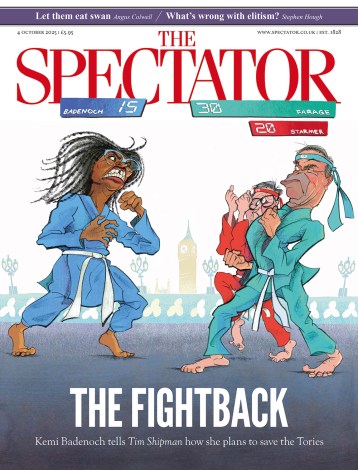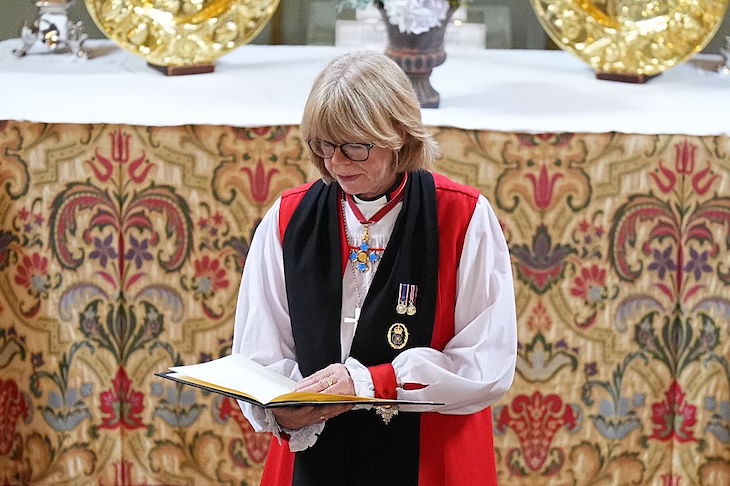Dame Sarah Mullally’s appointment as Archbishop of Canterbury is not a normal story about a woman being appointed to a certain position for the first time. The difference is that the Church of England never made a clear decision about the legitimacy of women clergy. Here, at last, is its clear decision.
The word decision has ‘cut’ or ‘kill’ in it. It means killing off the alternative course of action. This the Church failed to do. Over thirty years ago, it chose to allow opponents of women clergy to stay, and to effectively form a sub-church, with its own bishops. It has always spun this as a brave and open-minded path: look how we model diversity, was its intended message. In reality, it has seriously undermined the morale of the Church.
Apologies for stating the obvious, but it seems that the Church has trained itself to ignore certain aspects of the obvious. Thirty-two years ago, it chose to forget what bishops are. Bishops function as institutional scaffolding: they have the obedience of their local clergy, and they recognise the authority of the archbishops, and so the whole Church is united, at least in a formal way. Opinions will differ on various issues, but this is trumped by formal respect for the hierarchy.
In 1993, the Church allowed some bishops to opt out of this, to fall out of ‘communion’ with the other bishops. ‘Communion’ sounds like a vague word, but in a church setting it is very concrete: it means receiving the eucharist from someone. The traditionalist bishops, for the most part, decline to receive the eucharist not only from a woman, but also from the mainstream clergy, bishops and archbishops. This makes a nonsense of the claim to belong to the same Church. It is blatant separatism.
If you didn’t know about this, I forgive you. For the Church has tried to hide it. It has never published clear information about which bishops and clergy oppose women’s ministry. (There are two diocesan bishops and six others.) It has never told traditionalist parishes that they have to be clear with parishioners and visitors from the outset about their allegiance. As a result, many people only discover after months or years that they are attending a traditionalist church. Campaign group WATCH (Women and the Church) has complained about this for years, but has mostly wanted to seem conciliatory. Only last year did it decide to be a bit less so: it called for tolerance of the traditionalists to be phased out. And only last month did it decide to publish a clear list of traditionalist bishops and parishes. Daylight will do its work, and this strange conspiracy of evasion will begin to end.
The traditionalists will, of course, say nice things about the new archbishop, with whom they warmly look forward to working. And, of course, she will say nothing against them. But all’s changed. It’s over. Their thirty-year stand will now face new scrutiny, and it will crumble. Let them pack up their mitres and dust down their CVs. And this will give the new ABC a marvellous honeymoon bounce. The Church will, at least in formal terms, be one body again.
Damian Thompson and The Rev’d Marcus Walker react to the news on the latest Holy Smoke podcast:








Comments